CRI & Kelvin Explained: How to Choose the Perfect Bulb Colour Temperature for Your Home
Table Of Contents
- Introduction: Why Lighting Matters in Home Design
- What is Color Rendering Index (CRI)?
- Understanding the Kelvin Temperature Scale
- How to Choose the Right Color Temperature for Each Room
- Why CRI Matters When Showcasing Your Furniture
- Different Types of Lighting and Their Typical CRI & Kelvin Ratings
- Common Lighting Mistakes and How to Avoid Them
- The Art of Layering Light in Your Home
- Conclusion: Creating Your Perfect Lighting Environment
CRI & Kelvin Explained: How to Choose the Perfect Bulb Colour Temperature for Your Home
Have you ever wondered why your beautiful new sofa looks different in your living room than it did in the showroom? Or why the elegant artwork you carefully selected appears dull and lifeless on your wall? The answer often lies not in the furniture or décor itself, but in your lighting choices.
Lighting is the unsung hero of interior design—it has the power to transform spaces, highlight architectural features, and showcase your carefully curated furniture collection. Yet many homeowners overlook the technical aspects of lighting that can make or break a room's ambiance: Color Rendering Index (CRI) and Kelvin temperature.
In this comprehensive guide, we'll demystify these lighting concepts and show you how understanding CRI and Kelvin can help you select the perfect bulbs to complement your home furnishings. Whether you're illuminating a living room centered around a stunning sofa, creating an inviting dining room around your new dining table, or setting the perfect mood in your bedroom, mastering these lighting fundamentals will elevate your entire home design.
Perfect Light: Understanding CRI & Kelvin
Choose the ideal lighting to enhance your furniture's true colors and create perfect ambiance
The Kelvin Temperature Scale
Color Rendering Index (CRI)
Excellent
90-100 CRI
Reveals true colors of furniture, ideal for living rooms and dining areas. Shows rich wood grains and fabric details.
Good
80-89 CRI
Suitable for most residential spaces. Most quality LED bulbs fall in this range, providing good color accuracy.
Poor
Below 80 CRI
Colors appear washed out or distorted. Avoid for living spaces where furniture display matters.
Room-by-Room Lighting Guide
Living Room
Warm lighting enhances wood tones and creates a cozy atmosphere for your sofas and coffee tables.
Dining Room
Warm to neutral lighting showcases dining tables and creates an inviting dining experience.
Home Office
Cooler lighting promotes alertness and focus, reducing eye strain during long work periods.
The Art of Layering Light
Ambient Lighting
General illumination from ceiling fixtures. Use CRI 80-90+ and Kelvin matching room function (2700K-3500K).
Task Lighting
Focused light for activities. Use CRI 90+ and slightly cooler than ambient (3000K-4000K) to reduce eye strain.
Accent Lighting
Highlights specific features or furniture. Use highest CRI (90-100) to showcase true colors of statement pieces.
Key Takeaways
- CRI (Color Rendering Index) measures how accurately colors appear under a light source. Choose 90+ CRI for living spaces.
- Kelvin temperature affects mood: 2700K (warm) for relaxing spaces, 3500K (neutral) for versatile areas, 4000K+ (cool) for work spaces.
- Layer your lighting with ambient, task, and accent sources for flexibility and visual interest.
- Match lighting to furniture – warm woods look best under warm lighting, while contemporary pieces may benefit from cooler tones.
What is Color Rendering Index (CRI)?
The Color Rendering Index (CRI) is a measure of how accurately a light source reveals the true colors of objects compared to natural light. Rated on a scale from 0 to 100, CRI indicates how "truthfully" a light bulb displays colors—the higher the CRI, the more accurate and vibrant colors will appear.
Imagine purchasing a gorgeous fabric sofa in what you believed was a rich navy blue, only to bring it home and discover it looks almost black under your existing lighting. This color distortion happens because of low CRI lighting that fails to render blues accurately. Similarly, the warm wood tones of your wooden dining table may appear flat and lifeless under poor-quality lighting.
CRI Ratings Explained
A perfect CRI of 100 means the light source renders colors identical to natural sunlight. Here's a practical breakdown of what different CRI ratings mean for your home:
- 90-100 CRI: Excellent color rendering, ideal for spaces where color accuracy is crucial: art studios, dining rooms, and living areas where you want to showcase the true beauty of your furniture.
- 80-89 CRI: Good color rendering, suitable for most residential spaces. Most quality LED bulbs fall within this range.
- 70-79 CRI: Adequate for general lighting but may not showcase the subtle color variations in your fine furnishings.
- Below 70 CRI: Poor color rendering; colors may appear washed out or distorted. Avoid these for primary living spaces.
For homes furnished with quality pieces from collections like Loft Home's sofas or wooden tables, we recommend lighting with a minimum CRI of 80, with 90+ being ideal for spaces where you want colors to truly shine.
Understanding the Kelvin Temperature Scale
While CRI tells us how accurately colors are rendered, the Kelvin (K) scale measures the color temperature of light itself. This temperature isn't about heat but rather the color appearance of the light, ranging from warm (yellowish) to cool (bluish-white).
The Kelvin scale for residential lighting typically ranges from 2000K to 6500K, with each range creating a distinctly different atmosphere:
- 2000K-2700K (Warm White/Soft White): Produces a warm, cozy, yellowish light similar to traditional incandescent bulbs. This temperature creates an intimate atmosphere, perfect for living rooms and bedrooms.
- 3000K-3500K (Warm to Neutral White): Provides a balanced, welcoming light that works well in versatile spaces like dining rooms and kitchens.
- 4000K-4500K (Cool White/Bright White): Delivers a crisp, energizing light ideal for task-oriented spaces like home offices or study rooms.
- 5000K-6500K (Daylight): Mimics natural daylight, providing the bluest, most energizing light. Best used in spaces requiring maximum visibility and focus.
The Kelvin temperature you choose can dramatically influence how your space feels and how your furniture appears. For instance, the warm woods of a Scandinavian table will look richest under warm lighting (2700K-3000K), while the clean lines of contemporary sofas might be better showcased with neutral to cool lighting (3500K-4000K).
How to Choose the Right Color Temperature for Each Room
Selecting the appropriate Kelvin temperature for different spaces in your home is essential for creating the right atmosphere and showcasing your furniture to its best advantage. Here's a room-by-room guide:
Living Room Lighting (2200K-3000K)
The living room is where we relax, entertain, and showcase some of our finest furnishings like sofas and coffee tables. Opt for warm lighting (2200K-3000K) to create a cozy, inviting atmosphere that enhances the natural tones of wooden elements and the rich colors of upholstery. For contemporary living rooms with modern sofas, you might edge toward 3000K for a slightly crisper look while maintaining warmth.
Dining Room Lighting (2700K-3500K)
Your dining table deserves to be shown in its best light—literally. For traditional dining spaces with wooden furniture, warm lighting around 2700K enhances the rich grains and creates an intimate dining experience. For contemporary dining spaces, especially those with glass tables or marble tables, 3000K-3500K provides a cleaner light that accentuates the sleek materials while still feeling welcoming.
Bedroom Lighting (2200K-3000K)
Bedrooms benefit from the warmest lighting options (2200K-2700K) to promote relaxation and prepare the body for sleep. This soft, amber-tinted light complements the natural materials of bed frames and creates a serene sanctuary. Consider dimmable options that allow you to adjust brightness levels based on activities—brighter for reading, softer for unwinding.
Kitchen Lighting (3000K-4000K)
Kitchens benefit from slightly cooler temperatures that provide better visibility for food preparation and cooking. While 3000K works well for general kitchen lighting, task areas like countertops might benefit from 3500K-4000K lighting to ensure you can clearly see what you're doing.
Study Room/Home Office (3500K-5000K)
Your study room or home office calls for lighting that promotes alertness and focus. Cooler temperatures between 3500K-5000K help maintain energy levels and reduce eye strain during long periods of work. This lighting temperature best showcases the clean lines of study tables and office chairs.
Entryway and Hallways (2700K-3500K)
For entryway spaces, choose lighting that creates a welcoming first impression while transitioning seamlessly to adjacent rooms. A temperature of 2700K-3500K typically works well, highlighting features like shoe cabinets and entryway decor.
Why CRI Matters When Showcasing Your Furniture
While Kelvin temperature affects the overall mood of a space, CRI directly impacts how beautiful your furniture appears. This is particularly important when you've invested in quality pieces that feature rich materials and colors.
Wood Tones and CRI
The natural beauty of wooden tables, wooden bed frames, and other timber furnishings lies in their subtle grain patterns and color variations. Low CRI lighting (below 80) can make even the most exquisite hardwood appear flat and lifeless. High CRI lighting (90+) reveals the depth and character of wood grain, showcasing the difference between good furniture and exceptional pieces.
Upholstery Colors and CRI
For fabric sofas, dining chairs, and upholstered bed frames, CRI significantly impacts how colors are perceived. A sofa in a rich emerald green might appear muddy or dull under low CRI lighting but vibrant and sophisticated under high CRI illumination. This is especially important for furniture with complex textures or patterns.
Art and Decor Presentation
Your wall art & decors deserve lighting that reveals their true colors and details. Gallery-quality lighting typically uses bulbs with 90+ CRI to ensure artworks are seen as the artist intended. This same principle applies to your home—high CRI lighting allows your decorative pieces to shine.
Different Types of Lighting and Their Typical CRI & Kelvin Ratings
Understanding how different light sources perform in terms of CRI and Kelvin temperature can help you make informed choices for your home lighting:
LED Lighting
Modern LED bulbs offer excellent energy efficiency and are available in a wide range of CRI and Kelvin options:
- CRI: Typically 80-95+ (look for 90+ for optimal color rendering)
- Kelvin: Available across the full spectrum from 2200K-6500K
- Best for: All home applications due to their versatility, efficiency, and long life
Halogen Lighting
While less energy-efficient than LEDs, halogen bulbs offer excellent color rendering:
- CRI: Typically 95-100 (excellent for showcasing furniture)
- Kelvin: Usually around 2800K-3200K (warm white)
- Best for: Accent lighting to highlight specific furniture pieces or artwork
Compact Fluorescent Lighting (CFL)
CFLs offer moderate energy efficiency but often with lower color quality:
- CRI: Typically 80-85 (adequate but not exceptional)
- Kelvin: Available in various temperatures, typically 2700K-6500K
- Best for: Utility spaces where color accuracy is less critical
Incandescent Lighting
Traditional incandescent bulbs offer warm light with excellent color rendering:
- CRI: Typically 95-100 (excellent color rendering)
- Kelvin: Around 2700K (warm, yellowish light)
- Best for: Creating warm, cozy atmospheres, though they're being phased out due to energy inefficiency
Common Lighting Mistakes and How to Avoid Them
Even with beautiful furniture from collections like Loft Home's sofas and tables, these common lighting mistakes can undermine your home's aesthetic:
Mistake #1: Using Mixed Kelvin Temperatures
Using bulbs with significantly different color temperatures in the same room creates an uncoordinated, jarring effect. For instance, mixing 2700K table lamps with 4000K overhead lighting will make part of the room feel warm while another part feels cool and clinical.
Solution: Maintain consistency by using bulbs within 500K of each other in a single space. If you need varied lighting for different activities, consider dimmable options or smart bulbs that can change temperature.
Mistake #2: Ignoring CRI in Key Display Areas
Using low CRI lighting where you showcase prized possessions like an elegant fabric sofa or hand-crafted wooden table fails to highlight the quality and craftsmanship of these pieces.
Solution: Invest in high CRI lighting (90+) for areas where you display your finest furniture and décor, particularly in living and dining areas.
Mistake #3: Choosing Kelvin Based Solely on Personal Preference
While you might prefer the look of cool, bright lighting, using 5000K bulbs throughout your home can create a clinical, unwelcoming atmosphere that doesn't showcase warm-toned furniture well.
Solution: Match lighting temperature to both room function and your furniture's dominant materials and colors. Warm-toned woods and fabrics typically look best under warmer lighting, while cool-toned materials like glass, chrome, and certain marbles may benefit from slightly cooler lighting.
The Art of Layering Light in Your Home
Creating a truly inviting space involves more than just selecting the right CRI and Kelvin temperatures—it requires thoughtful layering of different light sources. A well-designed lighting plan typically includes three layers:
Ambient Lighting (General Illumination)
This provides overall illumination for the room and typically comes from ceiling-mounted fixtures, recessed lighting, or wall sconces. For ambient lighting, choose bulbs with:
- CRI: 80-90+
- Kelvin: Match to room function (2700K-3000K for living spaces, 3000K-4000K for task-oriented rooms)
Task Lighting (Functional Illumination)
This lighting helps you perform specific activities like reading, cooking, or working. Examples include desk lamps, under-cabinet lights, and reading lamps. For task lighting, consider:
- CRI: 90+ (for reduced eye strain and better visibility)
- Kelvin: Slightly cooler than ambient lighting (3000K-4000K), depending on the task
Accent Lighting (Decorative Illumination)
This type of lighting highlights architectural features, artwork, or specific furniture pieces you want to showcase. Think wall washers, picture lights, or targeted spotlights. For accent lighting:
- CRI: 90-100 (the highest possible for true color representation)
- Kelvin: Typically matched to ambient lighting or slightly warmer to create a focal point
By combining these layers with appropriate CRI and Kelvin temperatures, you create a dynamic, flexible lighting environment that adapts to different activities and showcases your furniture beautifully. For example, a living room might feature 2700K ambient ceiling lights (CRI 90), complemented by 3000K task lighting near reading areas (CRI 95), and warm accent lights highlighting your statement sofa or wall art.
Conclusion: Creating Your Perfect Lighting Environment
Understanding CRI and Kelvin temperature is like discovering a secret language of light—one that allows you to transform your home and showcase your furniture at its absolute best. By choosing the right combination for each space, you can create environments that feel exactly as you intend them to, whether that's cozy and intimate or bright and energizing.
Remember these key takeaways:
- High CRI lighting (90+) reveals the true beauty, color, and detail of your furniture and décor
- Kelvin temperature sets the mood, from warm and cozy (2200K-3000K) to cool and energizing (3500K-5000K)
- Match your lighting choices to both room function and furniture characteristics
- Layer different light sources for flexibility and visual interest
- Consistency within spaces creates harmony, while intentional contrast can create focal points
With these principles in mind, you're now equipped to make informed lighting choices that will enhance not just the appearance of your sofas, tables, and other furnishings, but also how you experience and enjoy your entire home.
The right lighting doesn't just illuminate a space—it brings it to life, showcasing the thoughtful design decisions you've made in selecting quality furniture and creating a cohesive aesthetic. After all, even the most beautiful furnishings can only truly shine when they're seen in their best light.
Visit Loft Home Furniture to discover our stunning collection of premium, designer-inspired furniture for every room in your home. Our expert team can help you select pieces that will look beautiful under any lighting condition, creating the perfect foundation for your dream home.
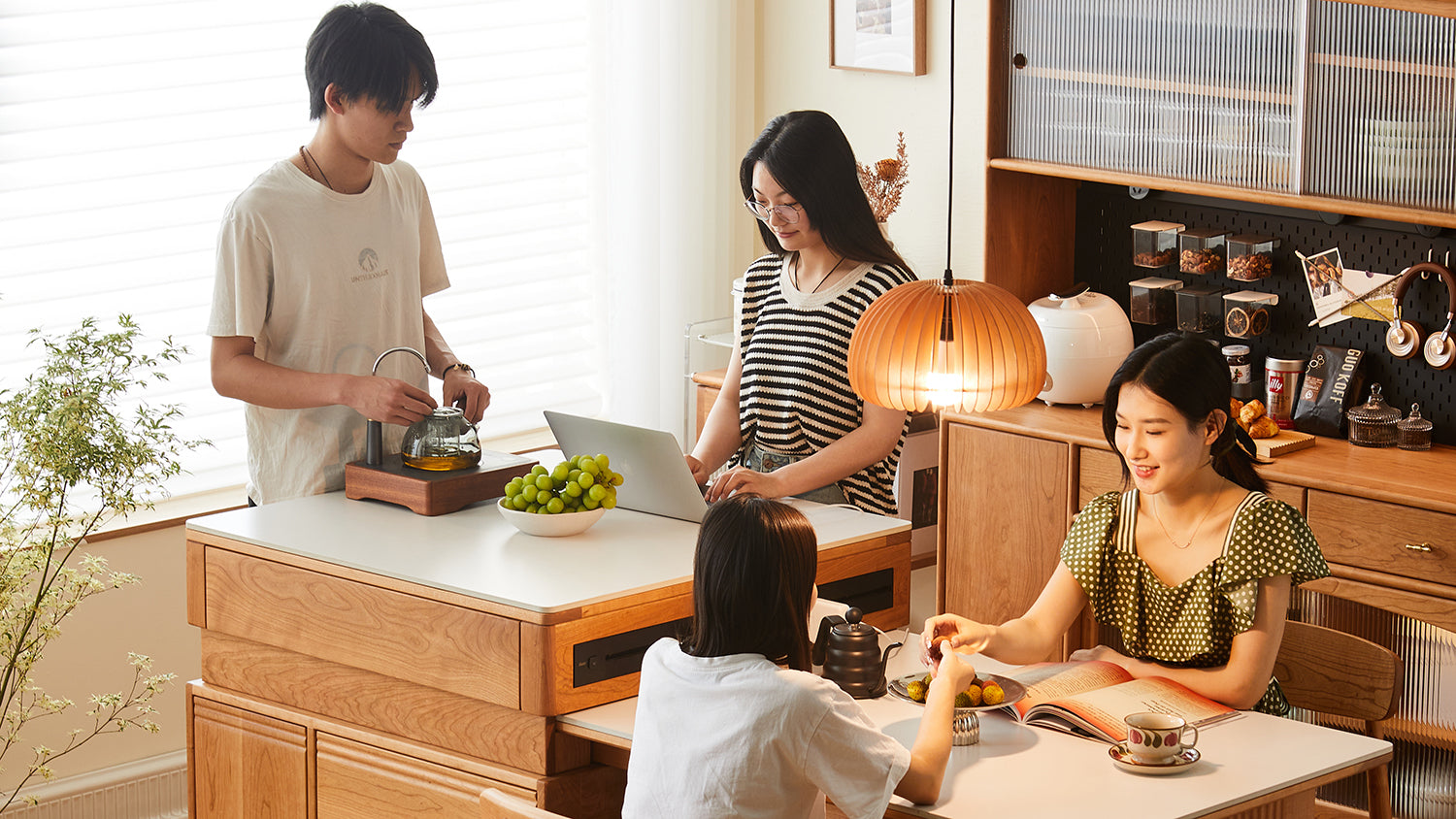

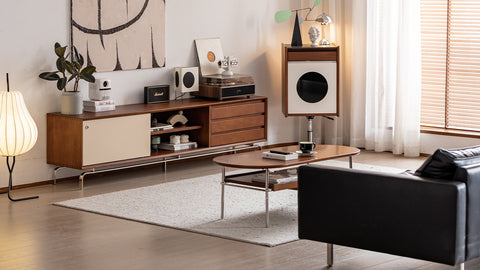

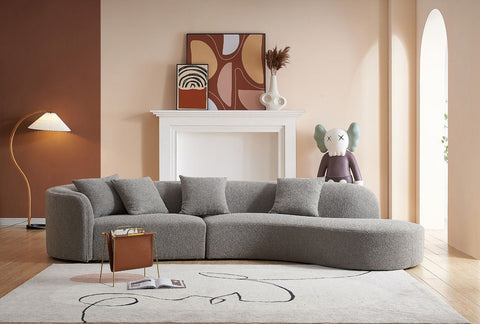
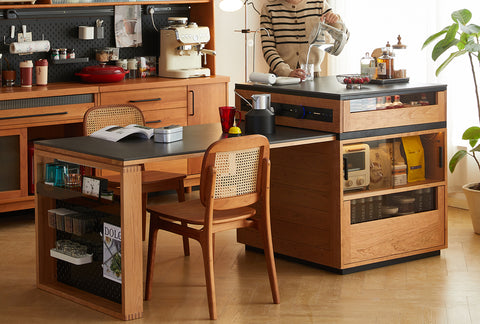
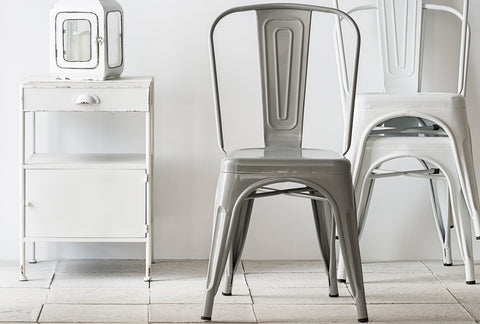
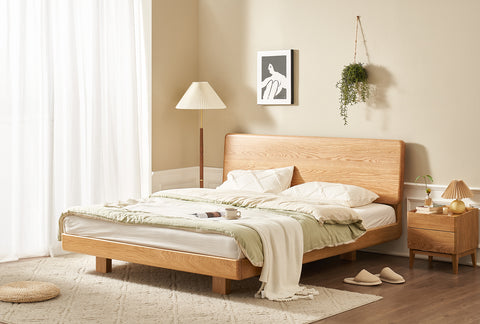
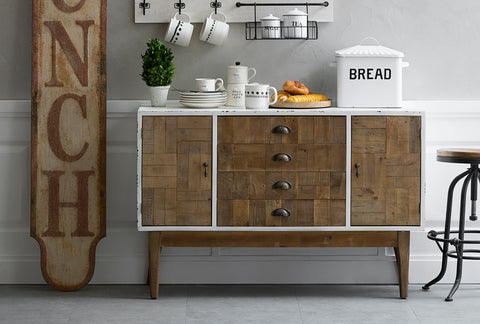




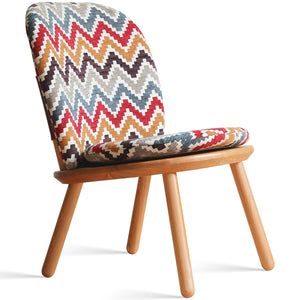
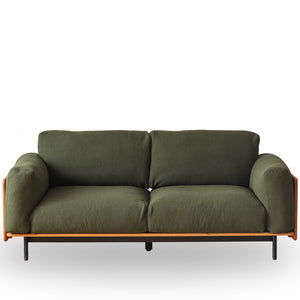
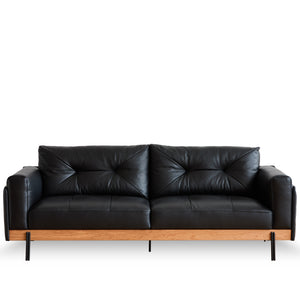
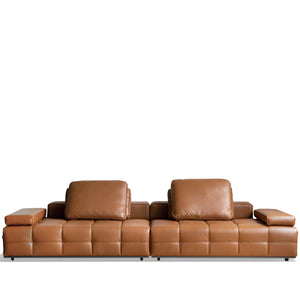
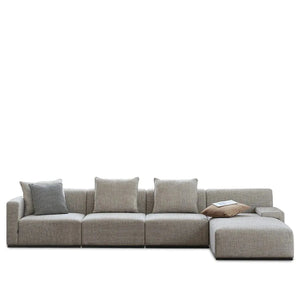
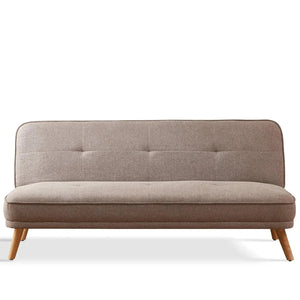
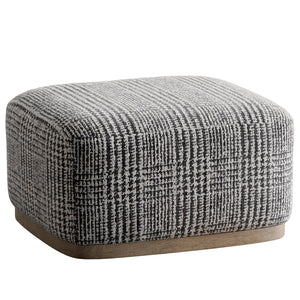

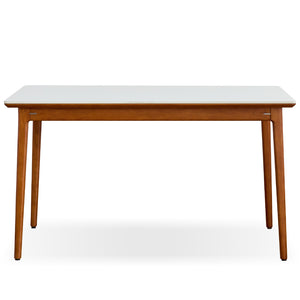
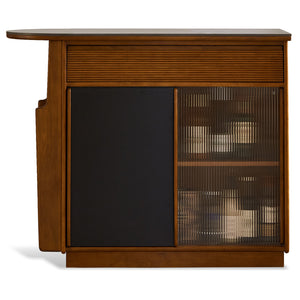
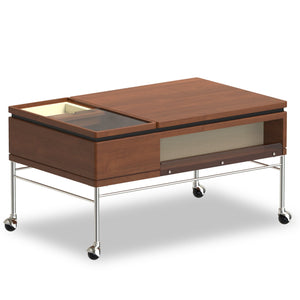
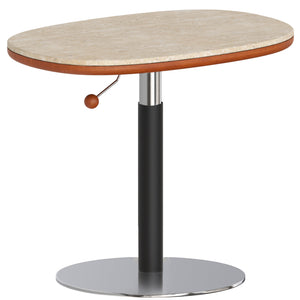
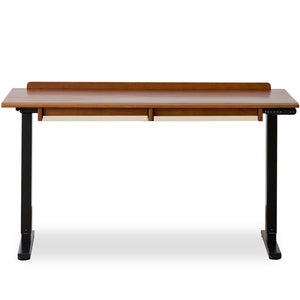
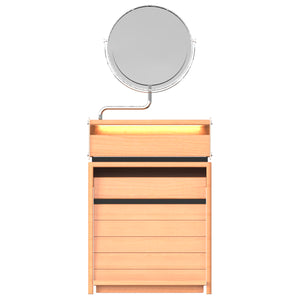

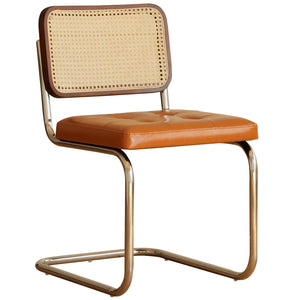
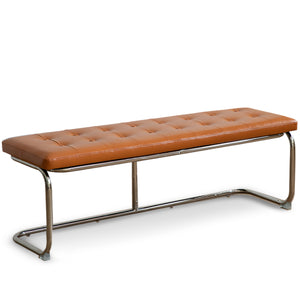
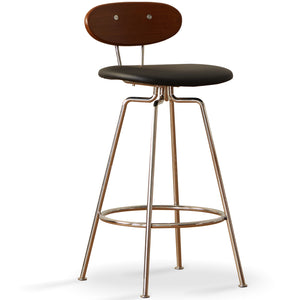

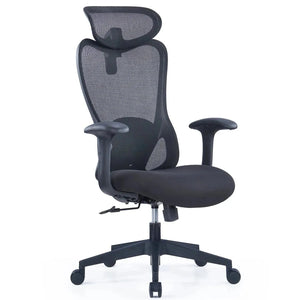

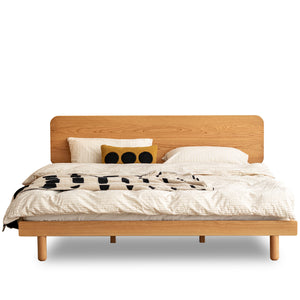


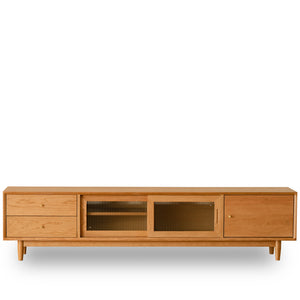
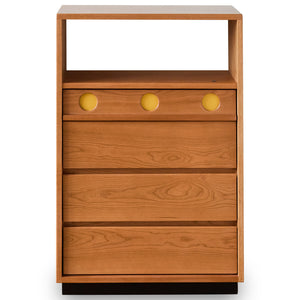
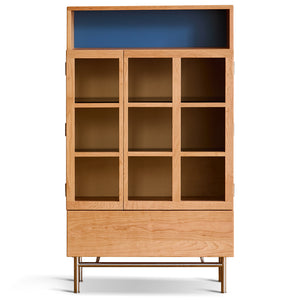
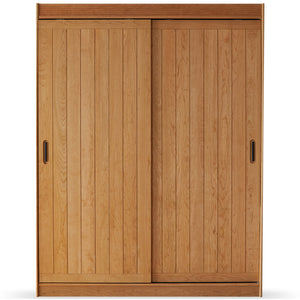
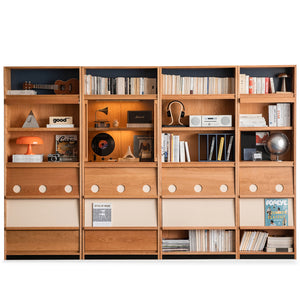

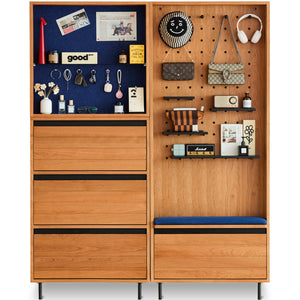
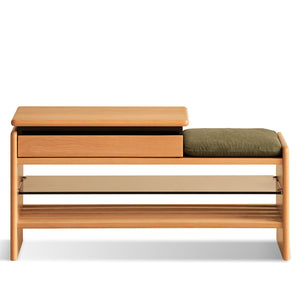
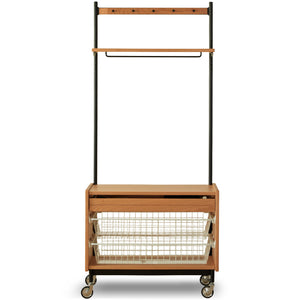
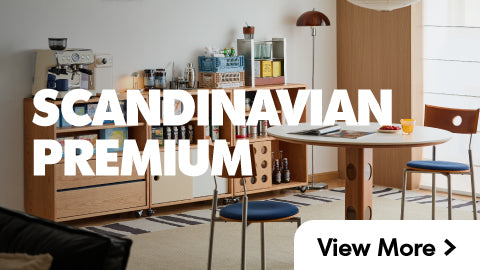





















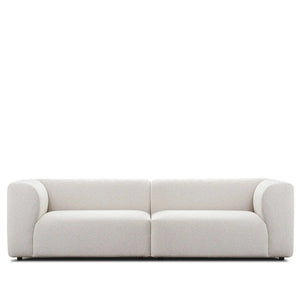




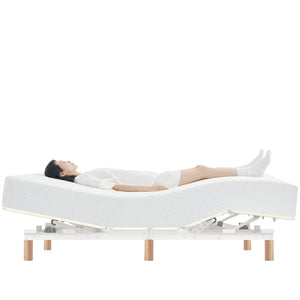
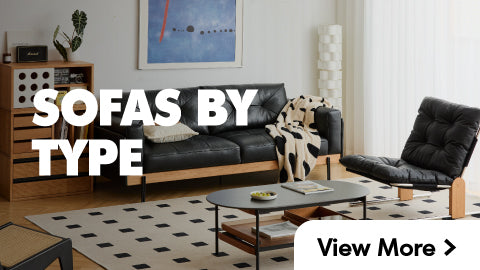
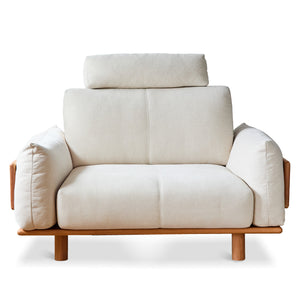

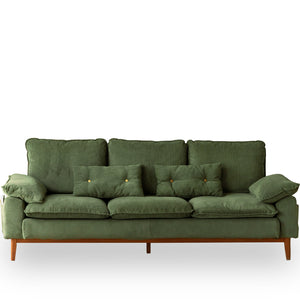
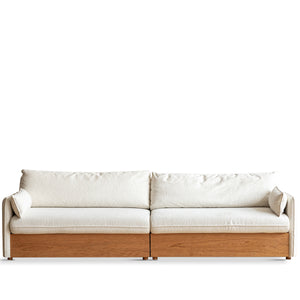
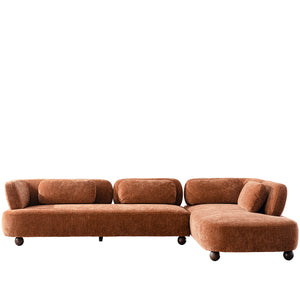
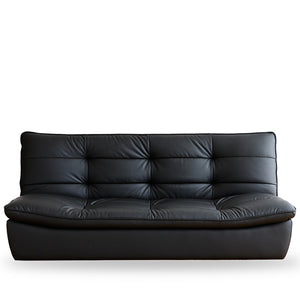
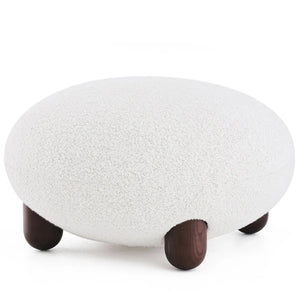

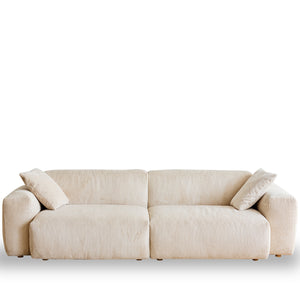
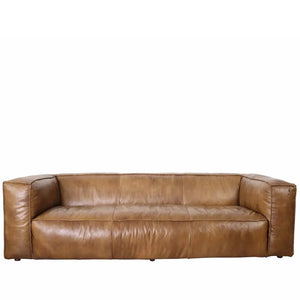
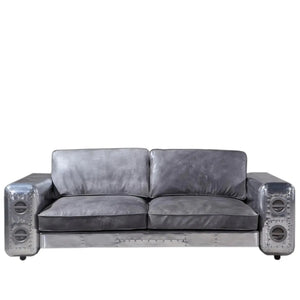
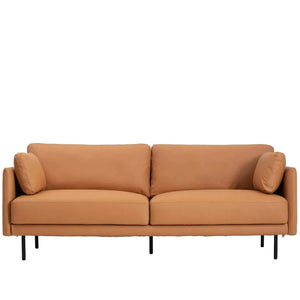
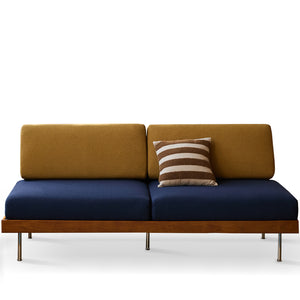
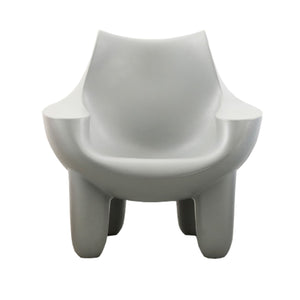


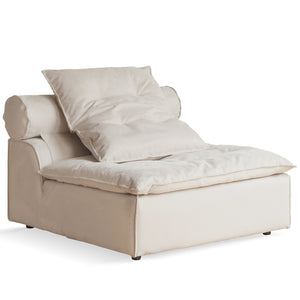

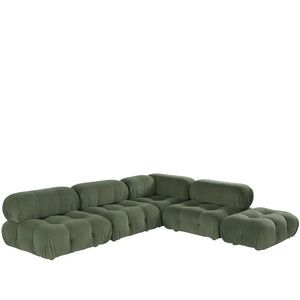
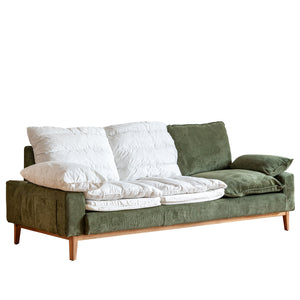
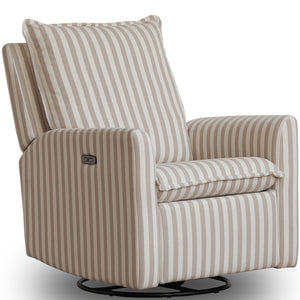

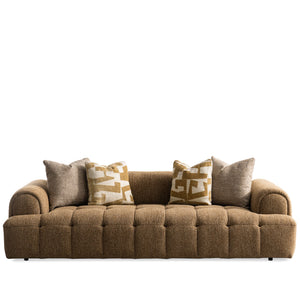

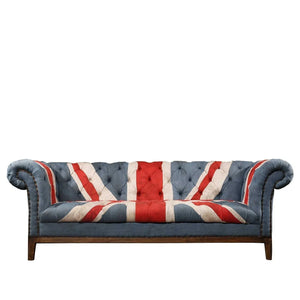
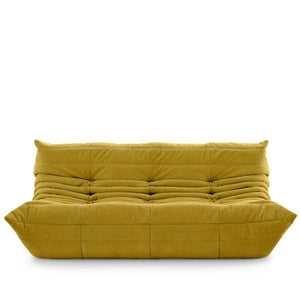
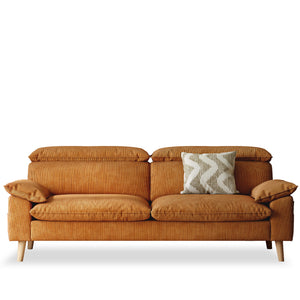
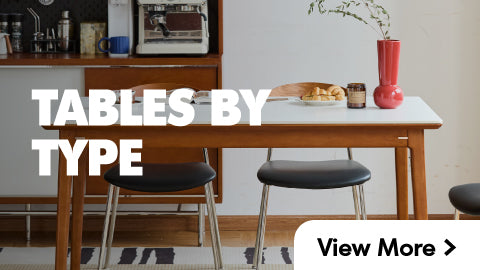
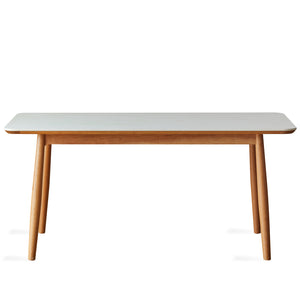
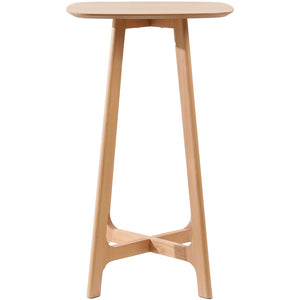
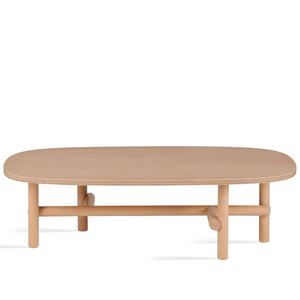
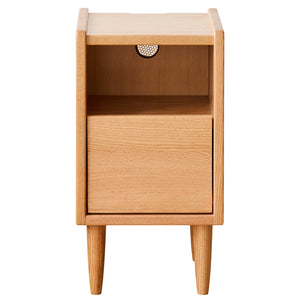
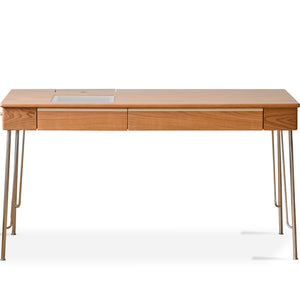
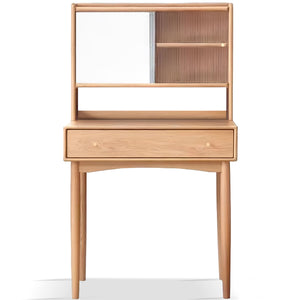

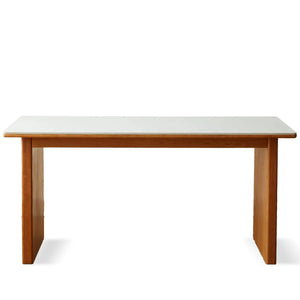
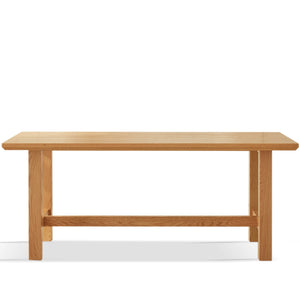
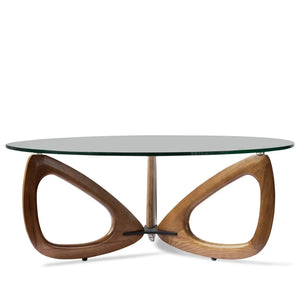
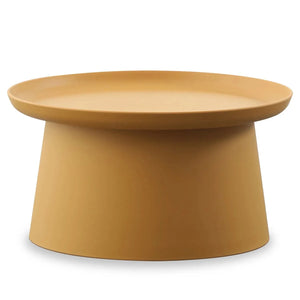

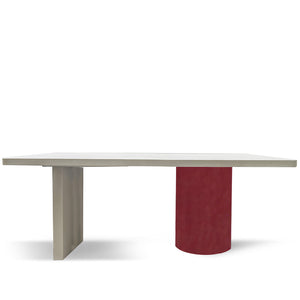

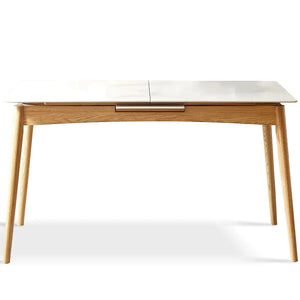
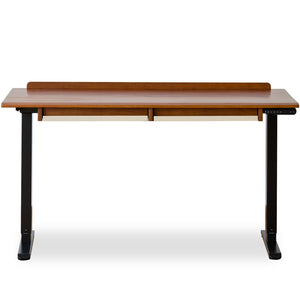
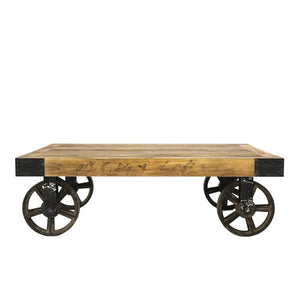

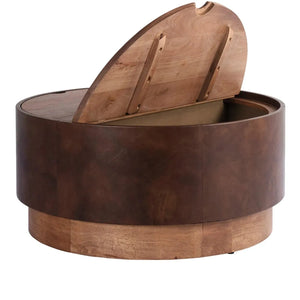
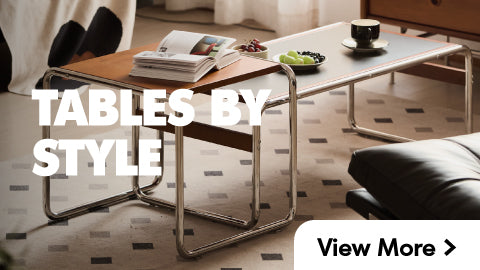
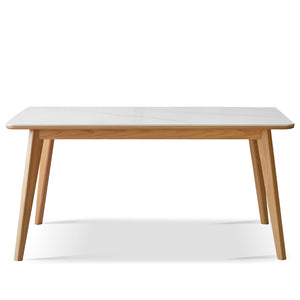

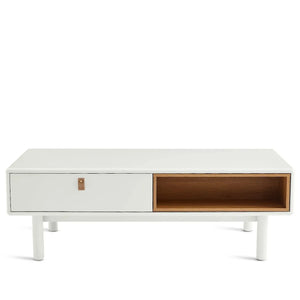
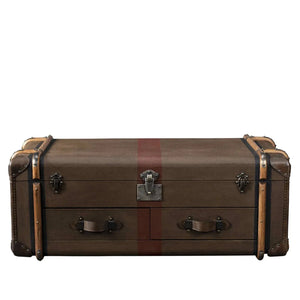
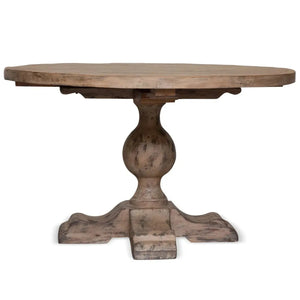
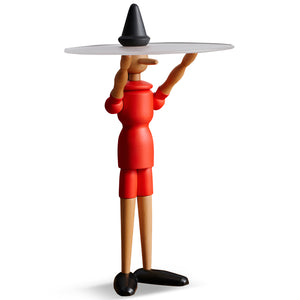
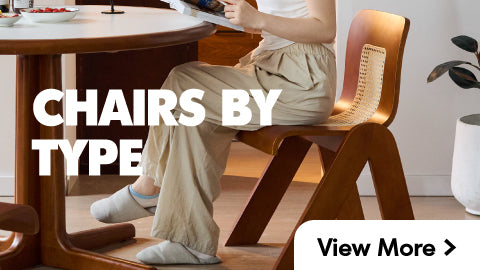
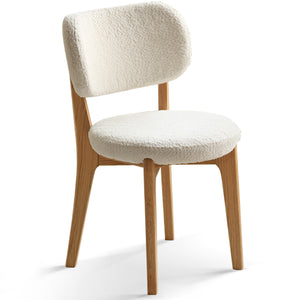
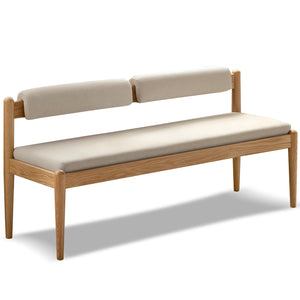
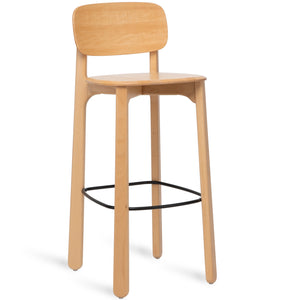
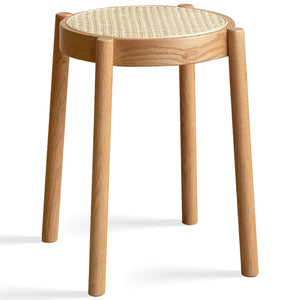
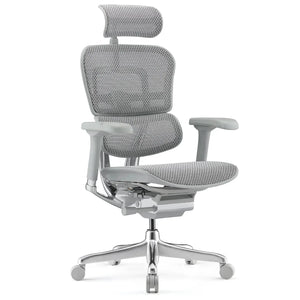
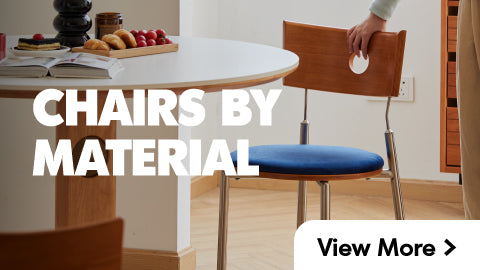
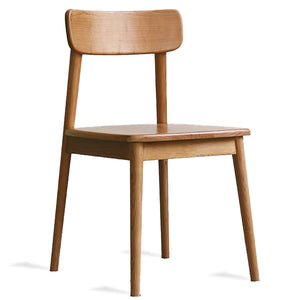
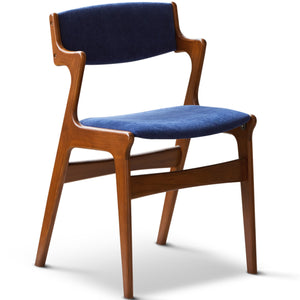
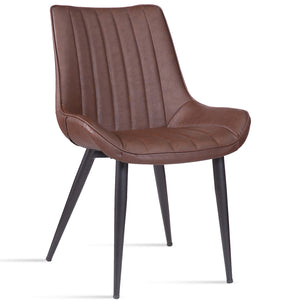
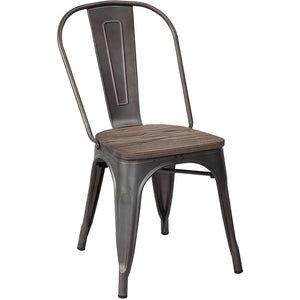
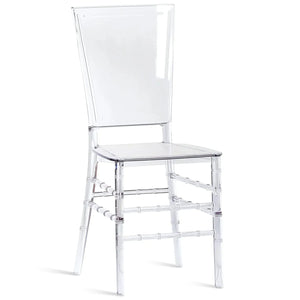
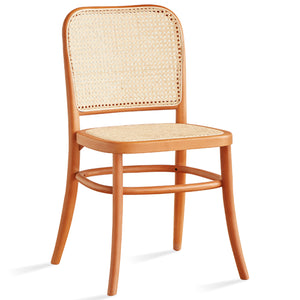
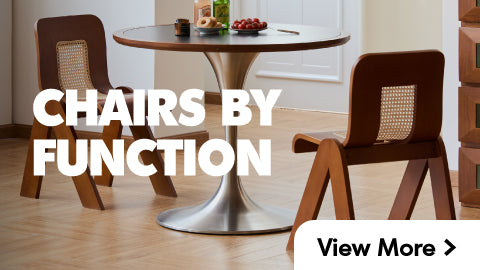
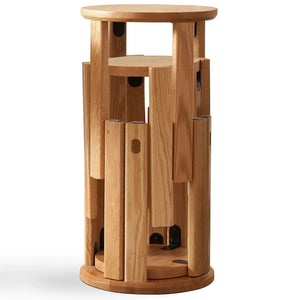

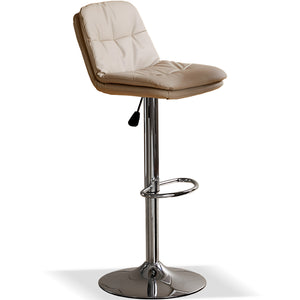
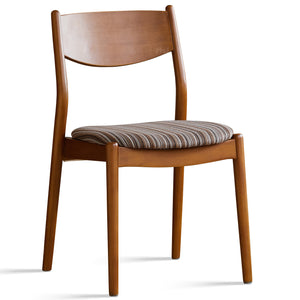
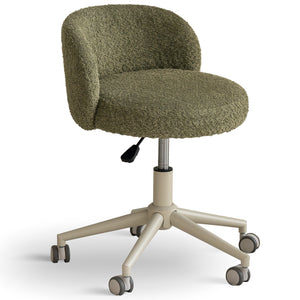
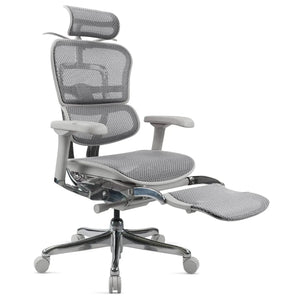

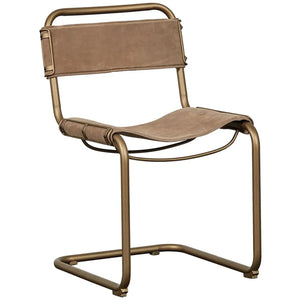
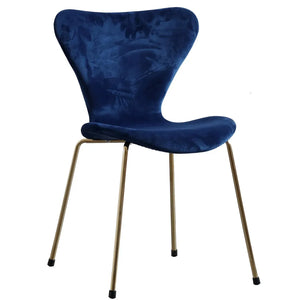
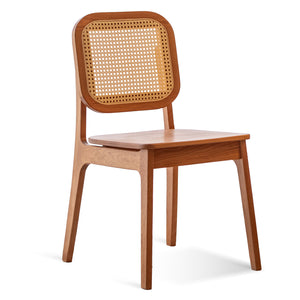
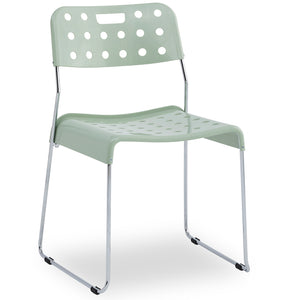
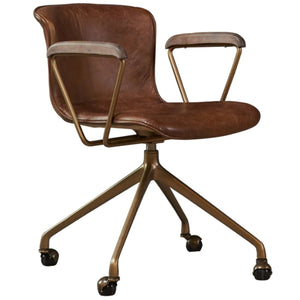


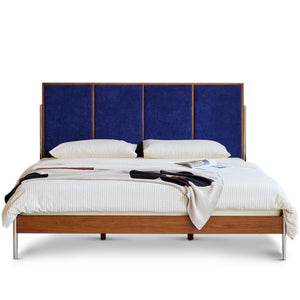

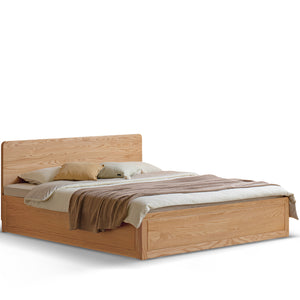
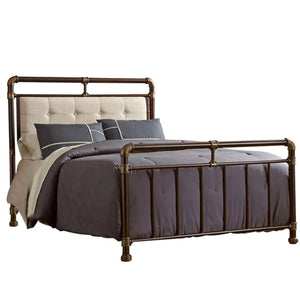
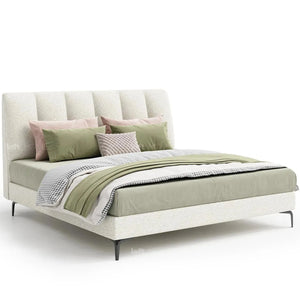
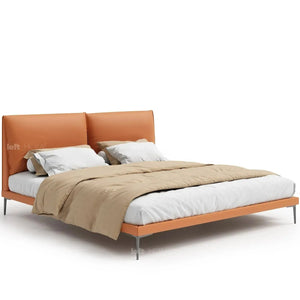
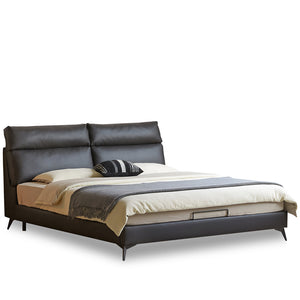
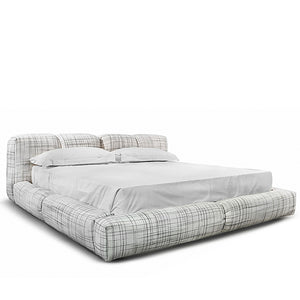

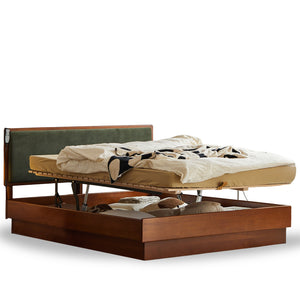


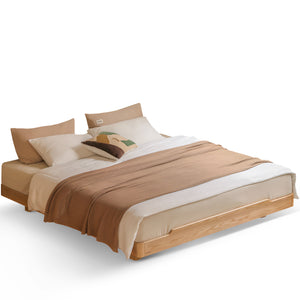
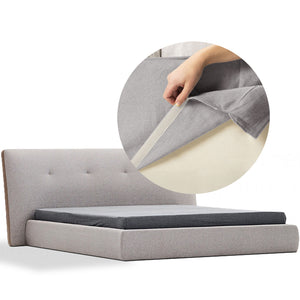
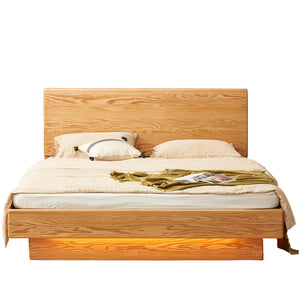

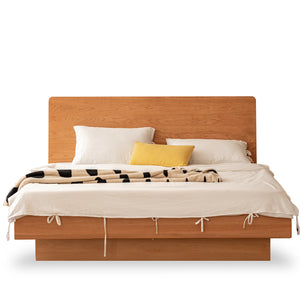
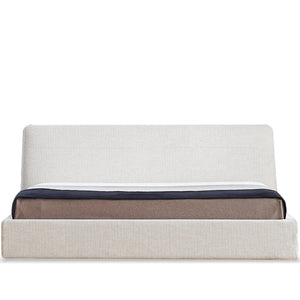
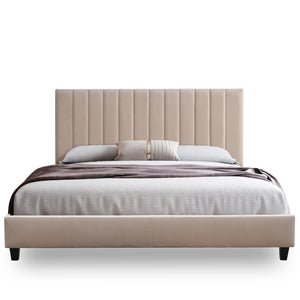
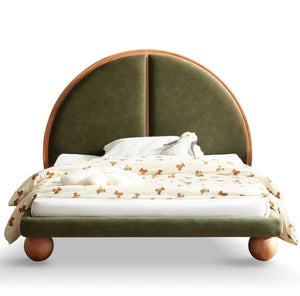
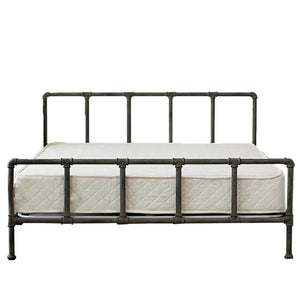
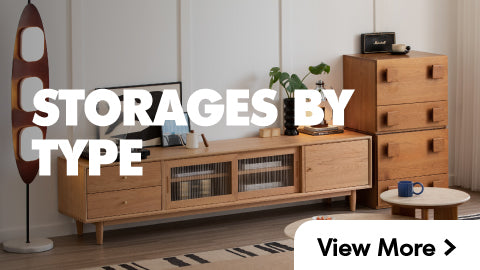
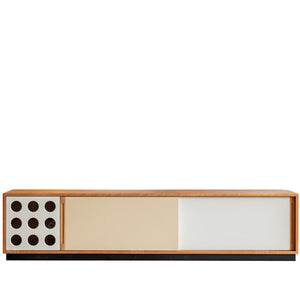

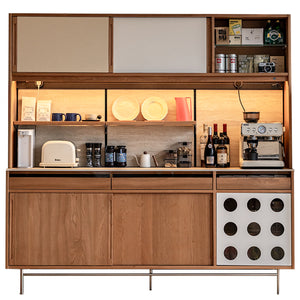
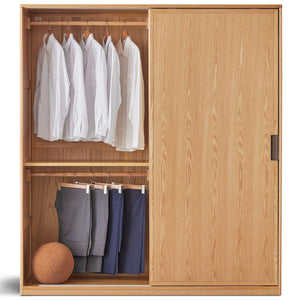
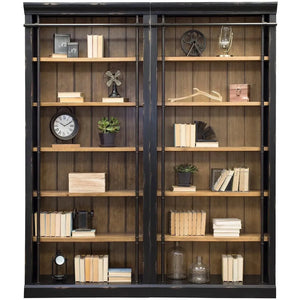
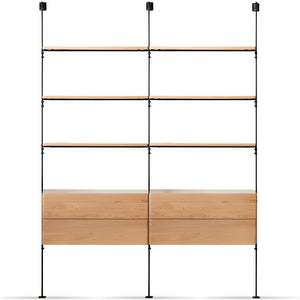
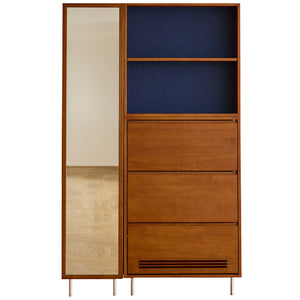
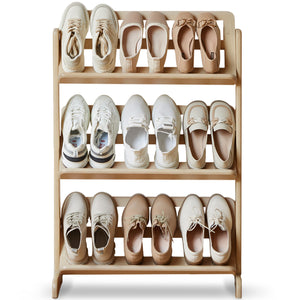
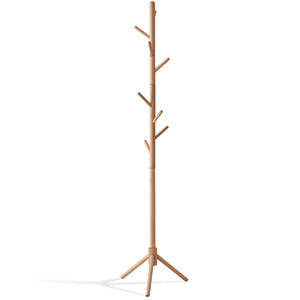

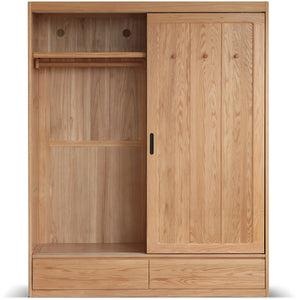
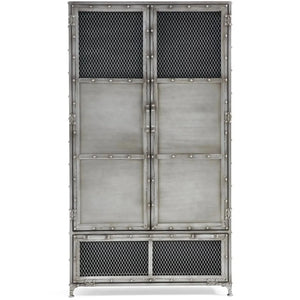
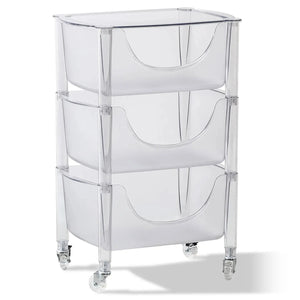
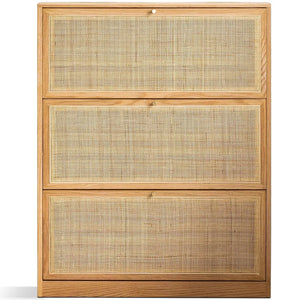
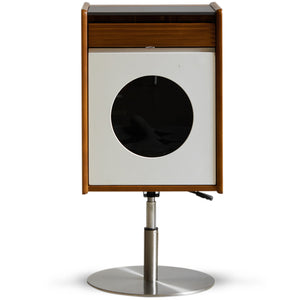
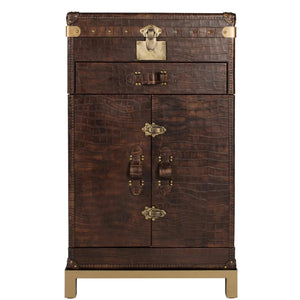

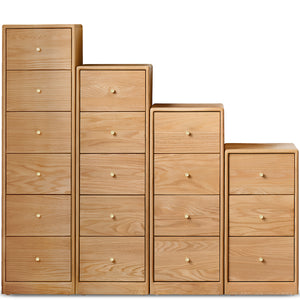
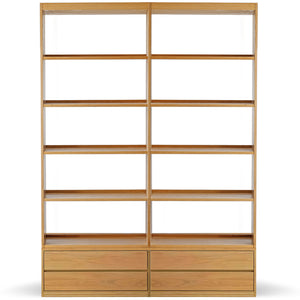
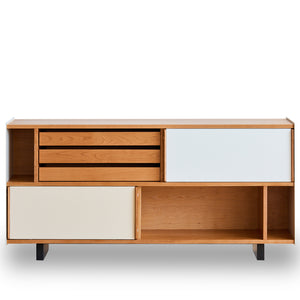
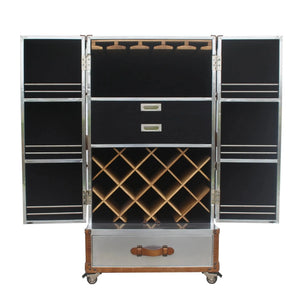



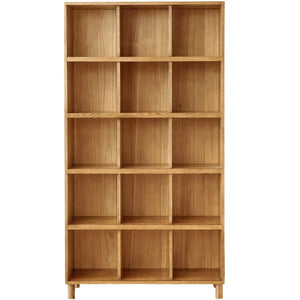

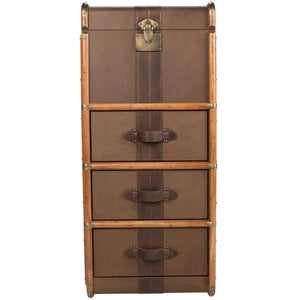
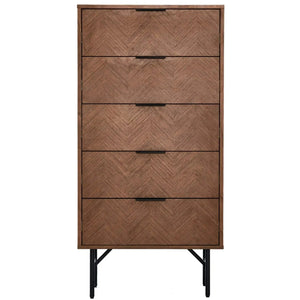
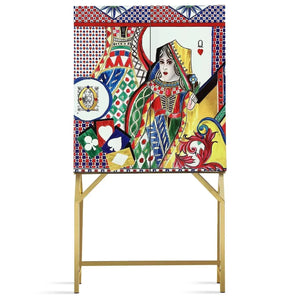
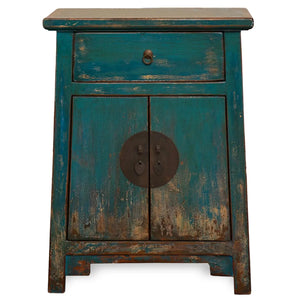


























































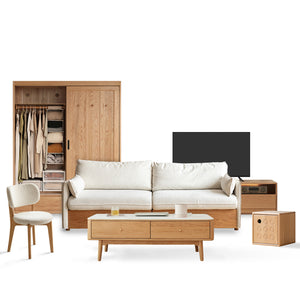
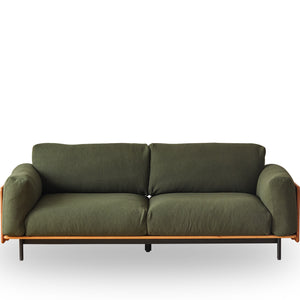
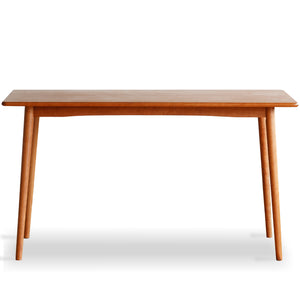
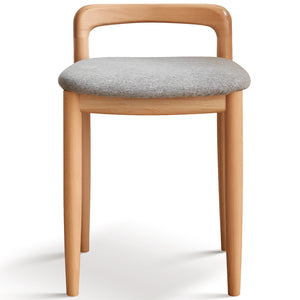
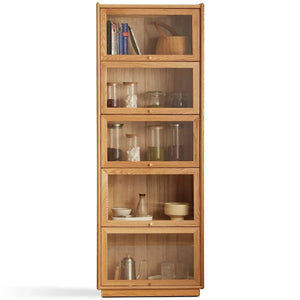



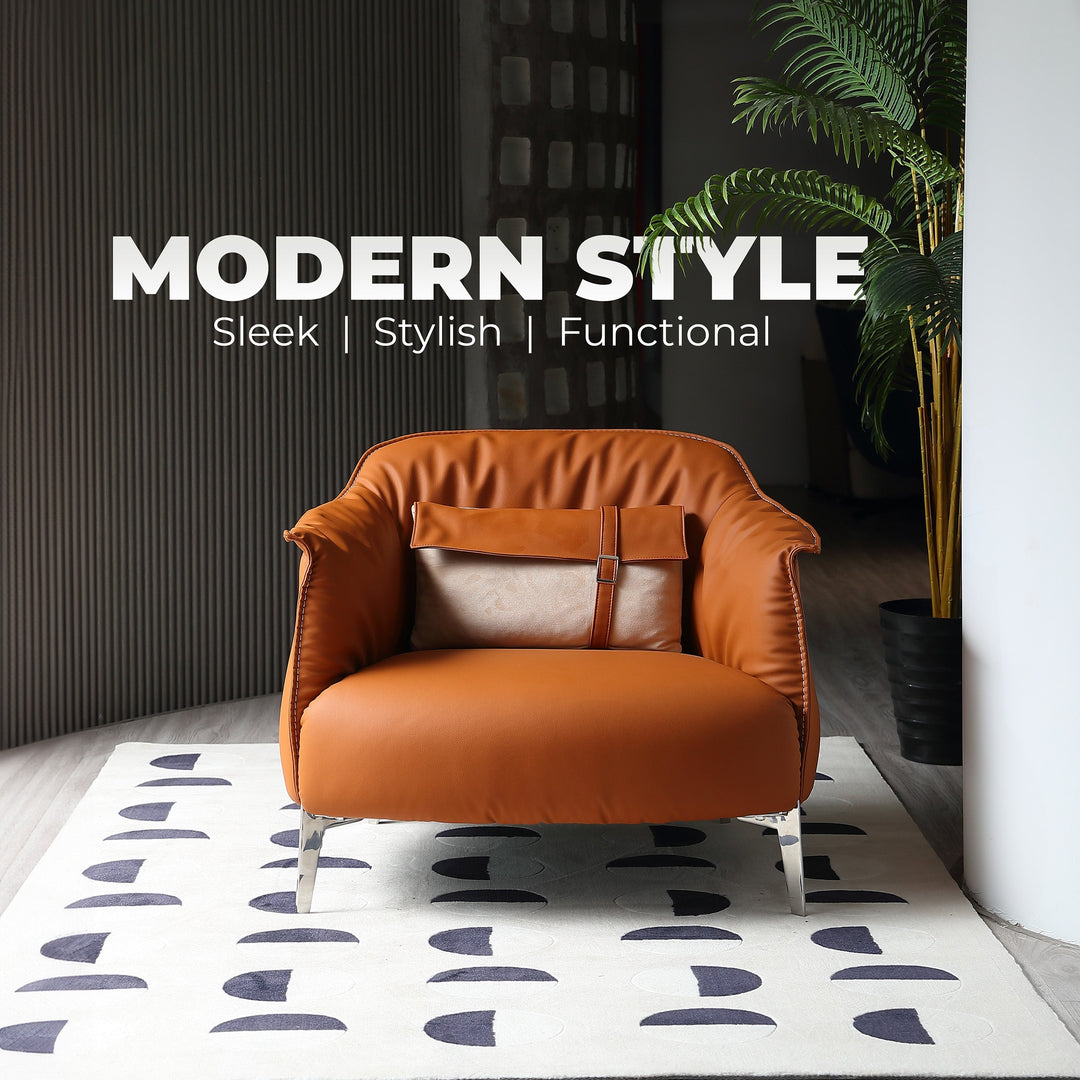
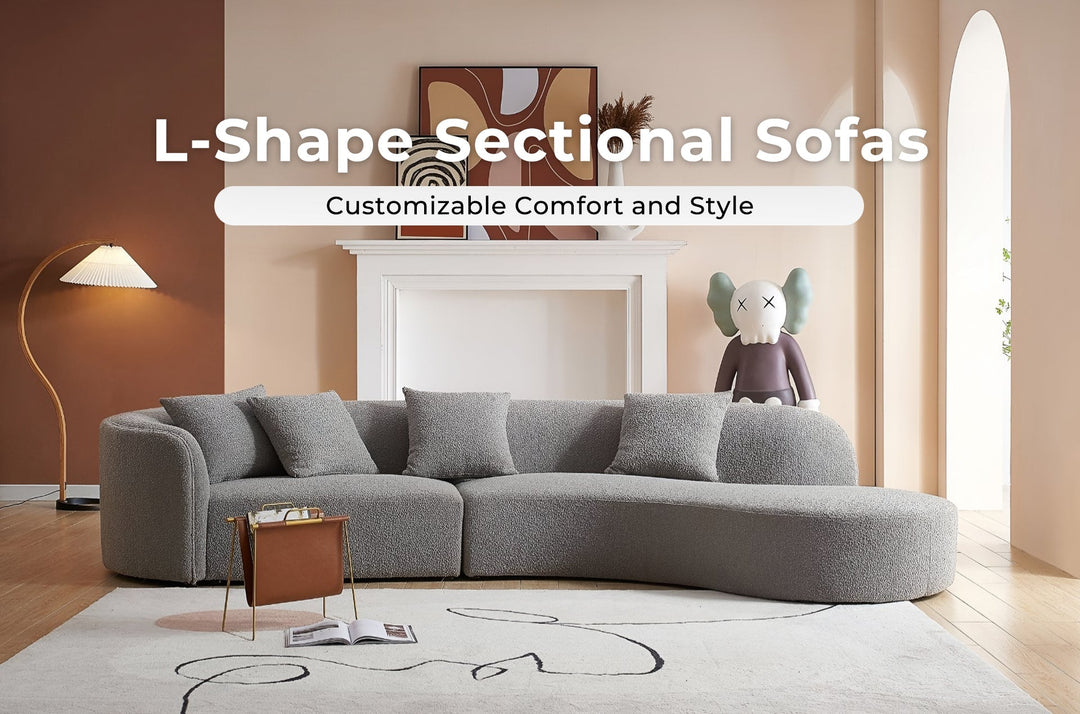

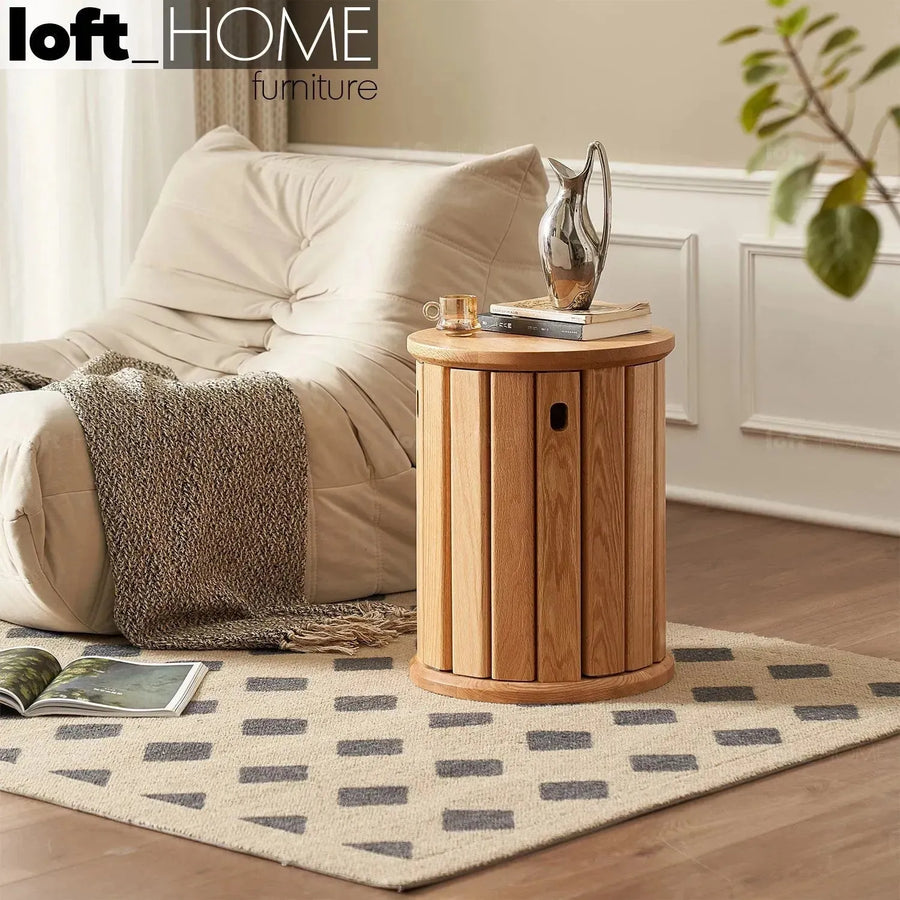
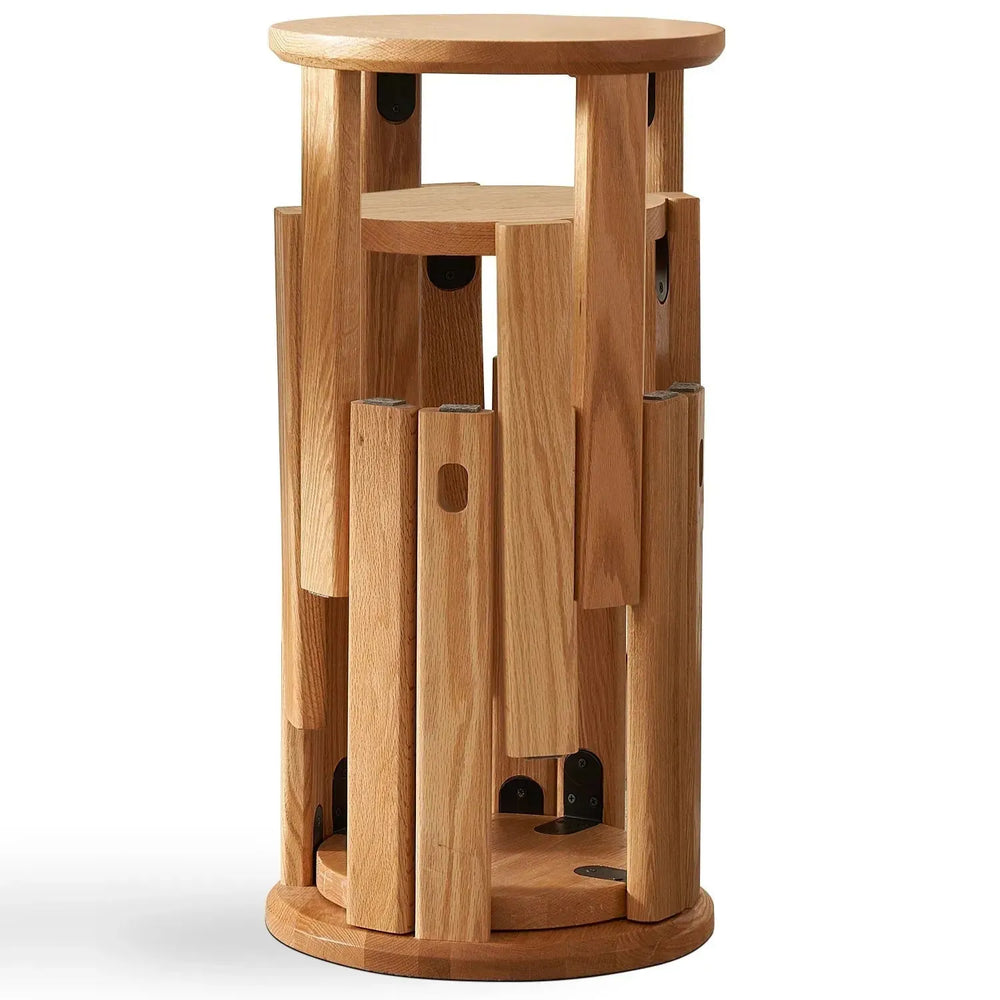



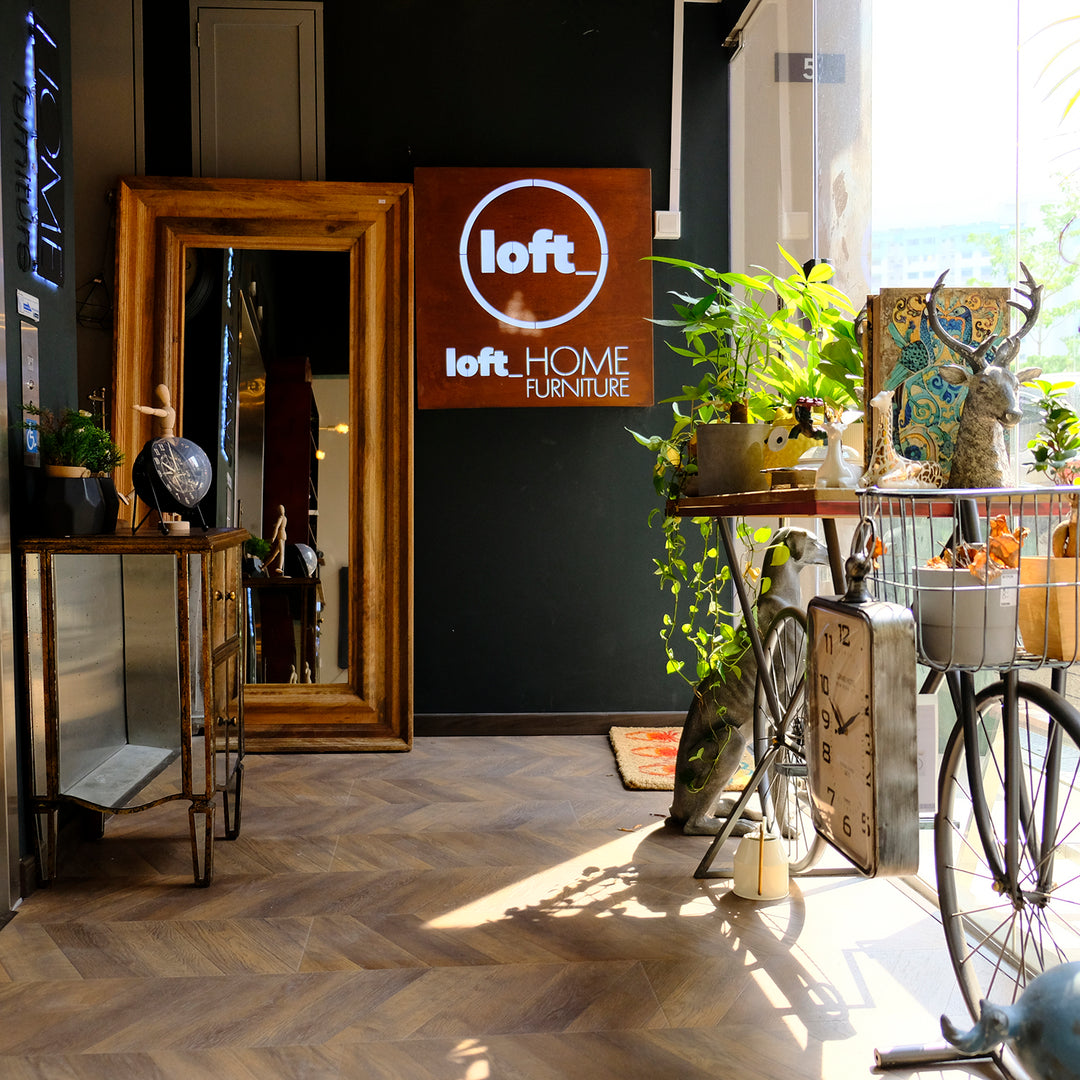
Leave a comment